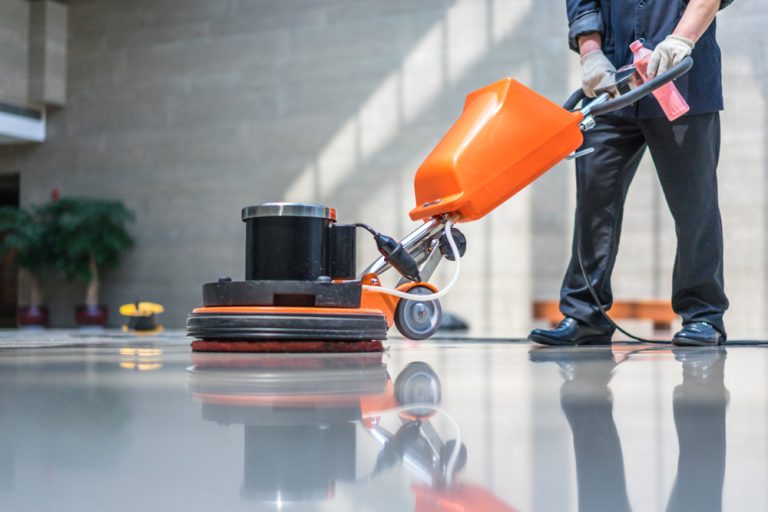
Moving to Japan is an adventure. New cities, new food, and a completely different lifestyle. But for many newcomers, the hardest part isn’t the language or the culture shock… It’s finding a place to live.
Renting in Japan can feel confusing at first, especially if you’re not familiar with the process. But once you understand how it works and what to expect, it becomes much easier to find a home that suits your needs.
Here’s a simple guide to help you get started.
Why Renting in Japan Can Be Tricky for Foreigners
It’s no secret that foreigners renting in Japan (日本租屋外國人) sometimes face extra hurdles. You might come across listings that say “no foreigners” or agents who seem unsure about renting to someone from overseas. It’s not usually personal. It’s often due to communication barriers or landlords worrying about cultural misunderstandings.
That said, Japan is changing fast. Cities like Tokyo, Osaka, and Yokohama now have many rental agencies that specialize in helping international residents. They offer English-speaking support, simplified contracts, and apartments that don’t require a Japanese guarantor.
What Foreigners Renting in Japan Should Know
In Japan, you rarely rent directly from the landlord. Instead, you’ll usually go through a real estate agency that helps you find and apply for properties. Once you spot an apartment you like, the agent will walk you through the paperwork, explain the costs, and submit your application.
To rent a place, you’ll need your passport, residence card, proof of income, and in most cases, a guarantor. If you don’t know anyone locally, many agencies now work with guarantor companies that handle this for a small fee.
Once your application is approved, you’ll sign the contract, pay the initial move-in costs, and receive your keys. The whole process can take one to two weeks, depending on the property and your documentation.
Be Ready for Japan’s Unique Rental Fees
The most surprising part of renting in Japan for many newcomers is the number of upfront costs. Instead of paying just your first month’s rent and a deposit, you’ll often be asked for several additional fees.
There’s the security deposit (called shikikin), which is refundable, and the key money (reikin), a traditional non-refundable gift to the landlord. You’ll also pay an agency fee, insurance, and sometimes a cleaning charge. Altogether, move-in costs can add up to four to six times the monthly rent.
Choosing the Right Type of Apartment
When you start browsing listings, you’ll see codes like “1R,” “1K,” and “1LDK.” These describe the apartment layout. A 1R means one room, basically a studio. A 1K adds a small kitchen area, while a 1LDK includes a separate bedroom and a living-dining-kitchen space.
If you’re staying short-term, a serviced apartment might be your best bet. It comes fully furnished, with utilities and Wi-Fi included, and the contract terms are usually flexible. You can move in with just your suitcase and start living comfortably right away.
For long-term stays, unfurnished apartments are more common. They may take a bit more setup, but they give you more freedom to make the place your own.





